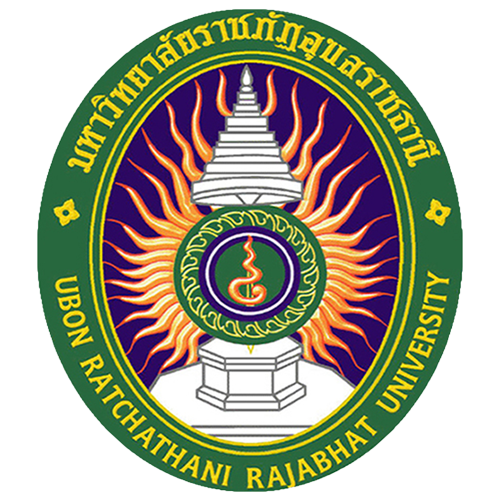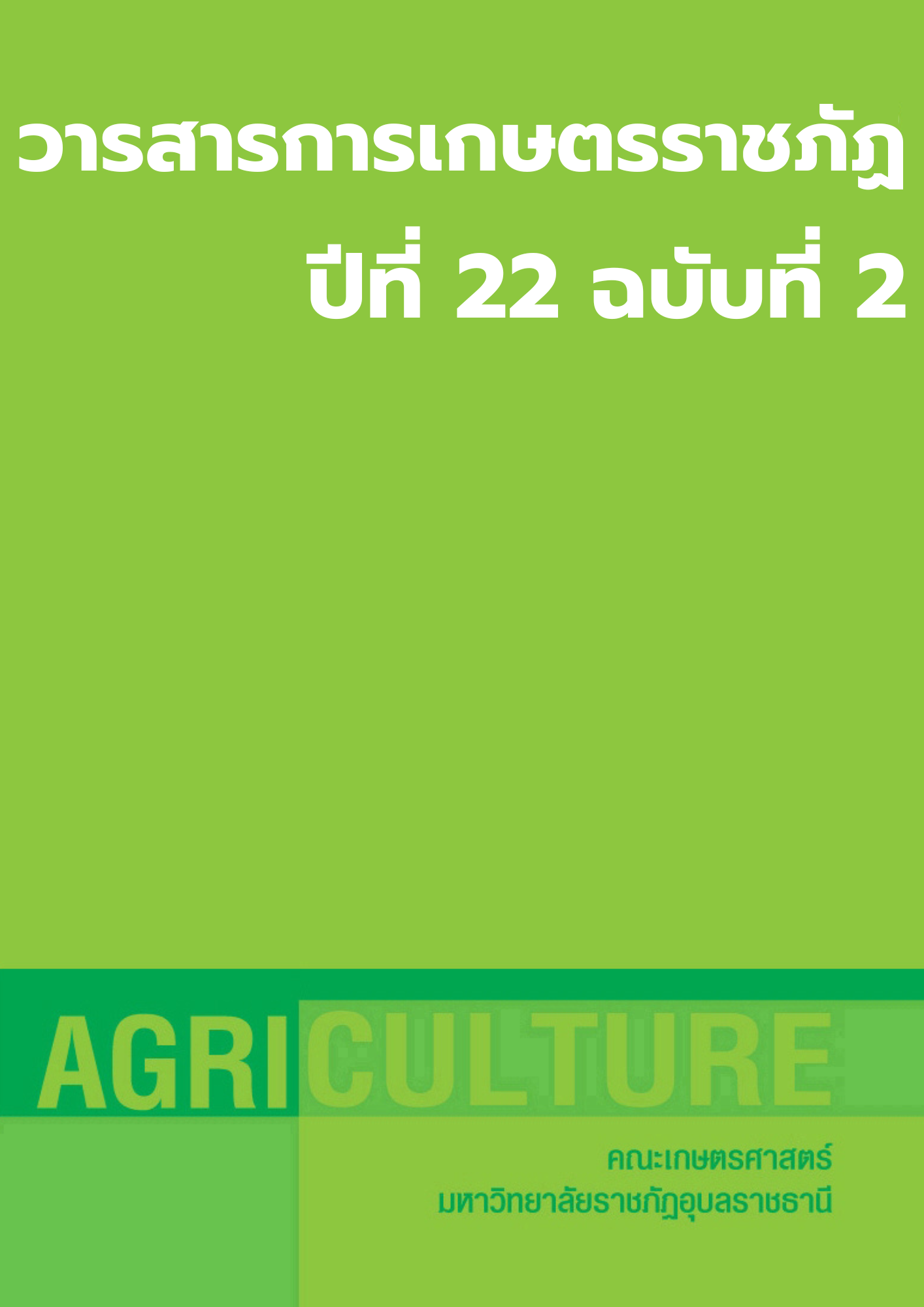Pesticide Application Behaviors and Pesticide Residues in Rice Grains from the Community Rice Centers สุกัญญา อรัญมิตร ผกามาศ วงค์เตย์ รัตนวรรณ จันทรศศิธร รัตติกาล อินทมา กัลยา บุญสง่า ขวัญชนก ปฏิสนธิ์ ชณินพัฒน์ ทองรอด วันรียา บุญสัน ยุพดี รัตนพันธ์ นรภัทร ศรีษะนอก ดลตภร โพธิ์ศิริ อนุชิตา รัตนรัตน์ กันต์ธณวิชญ์ ใจสงฆ์ บุปผารัฐ รอดภัย และ ปริญญา เชื้อชูชาติ
Main Article Content
Abstract
The community rice centers play a key role in producing and distributing quality seeds, as well as demonstrating rice production technologies. The first crucial step in the seed production process is land preparation of rice seed production, which promise to quality of the seed produced. The quantity and quality of seeds depend on this step. If the seeds are not qualified the standard, they cannot be further improved as high quality seeds. Unqualified seed grains and the rest seeds from selling will be milled for household consumption or selling in the markets. The purpose of this study was to examine pesticide use behaviors of farmers and to analyze pesticide residues in rice grains from community rice centers at 8 districts. The study conducted from January 2021 to August 2022 by interviewing 50 and 100 farmers/province. The result showed that farmers applied insecticide without follow the recommendations resulted in increased outbreaks of the brown planthopper. The results also showed that these insecticide types were in the unrecommended list to use in rice fields due to harmful substance containment for useful insects, mites and pests. The results revealed that farmers in Phra Nakhon Si Ayutthaya, Lop Buri and Chai Nat provinces sprayed highest pesticide amount in the tillering stage (34.44-43.71%). Whilst the highest amount of using insecticides and fungicides in the heading stage were found in Prachin Buri, Nakorn Nayok and Chachoengsao. Whilst the highest amount of insecticide application by farmers were in Nakhonsawan, Pichit and Pitsanulok (7.67—20.93%). From analyzing the pesticide residues of 204 rice seed samples, the results found pesticide residues in 60 samples (29%). Pesticide residues in rice seed samples from Chainat, Nakhonsawan, Pichit and Pitsanulok were highest. The results also showed that the amount of azinphos methyl, dichlorvos, deltamethrin, ethiprole, thiophanate-methyl, cyproconazole, propiconazole, tebuconazole and tricyclazole were below the limits of Codex's MRLs, but exceed residue level limit in the EU-MRLs. This information reflects the current situation of pesticide application in rice seed production and residues in rice grains in the community rice centers across the country. Our key findings can be used as a guideline for managing the pesticides applications on rice correctly and providing appropriately according to government recommendations. The suitable rice production technologies were selected to transfer to the farmers to minimize in chemical use and for sustainable development with the government's policy driving the BCG (Bio-Circular-Green Economy) economic model.


